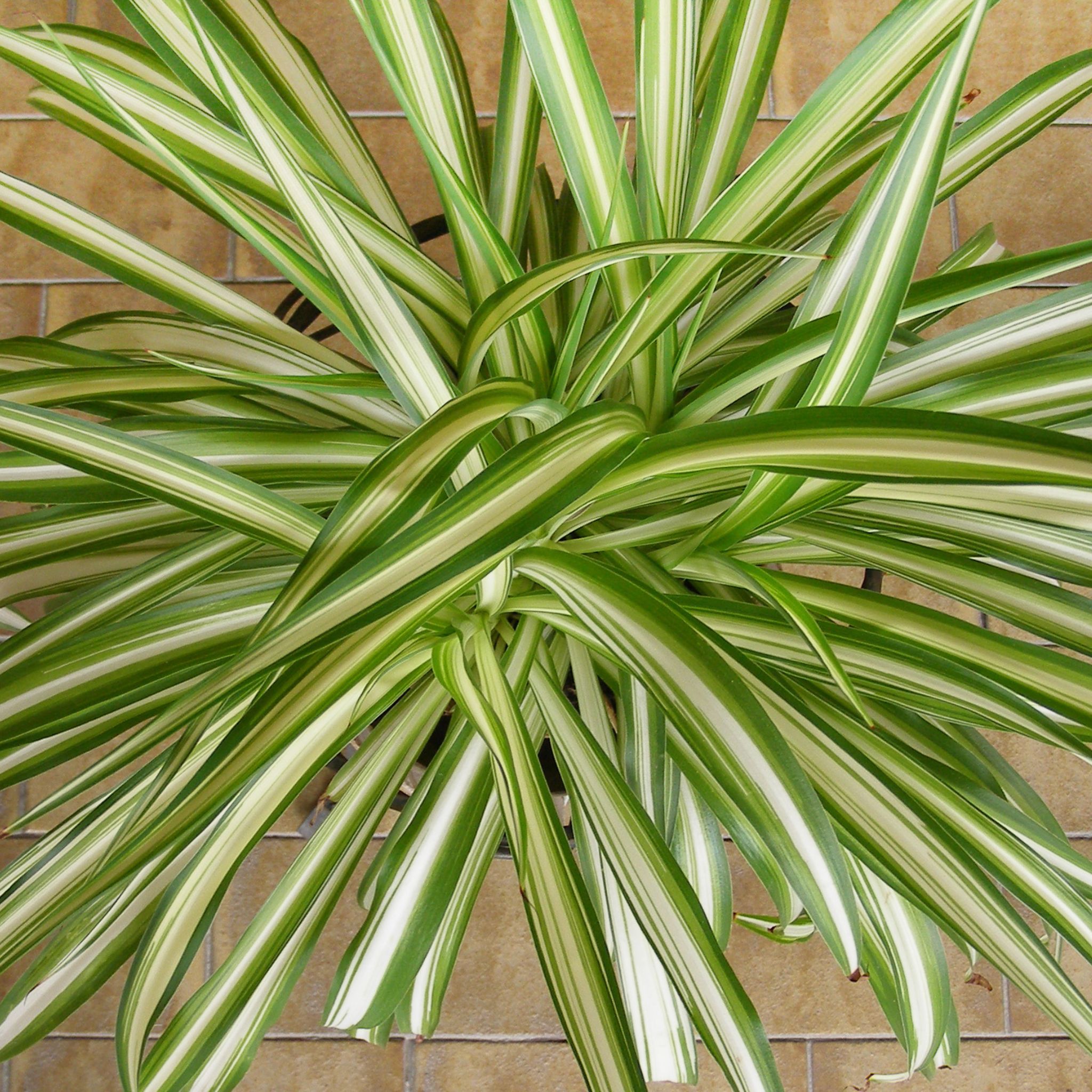The nation’s love affair with indoor plants has never been stronger. Social media platforms are flooded with millions of pictures of indoor jungles, with the fashion for flowers and foliage driving huge growth in sales of houseplants at garden centres.
Houseplants will thank you for a little TLC with light levels and temperatures falling in autumn and winter. Whether you’re caring for exotic moth orchids, contemporary peace lilies, or the ultra-fashionable mother-in-law’s tongue.
Bring indoor plants, indoors
Indoor plants that have been on patios during summer must be brought back indoors before temperatures fall. Many house plants originate from tropical regions of the world and will not tolerate cold nights outdoors. This would result in the frost killing them.
When moving house plants indoors, avoid placing them on window sills that experience wide temperature fluctuations. Some sunny window sills can experience extreme heat during sunny autumn days, with temperatures plunging on cold nights when curtains are drawn.
Levels of light
Consider the levels of natural light as the days grow shorter. Where practical, move house plants such as spider plants and streptocarpus from north-facing rooms into brighter south—or west-facing areas of the house. This will help them benefit from bright, filtered sunlight.

Dust and dead leaves
Another priority is to rid house plant leaves of layers of dust. Not only does it look unsightly, but dust hinders photosynthesis. Use a damp cloth (or a damp piece of cotton wool for smaller, slender leaves) to wipe dust away. Support the underside of a leaf with your hand while cleaning it, to prevent damage.
While house plants shedding a leaf or two is nothing to worry about, especially as plants adjust to autumn conditions, excessive amounts of sickly leaves are an indication of trouble. Check susceptible plants such as streptocarpus for aphid infestations. Also, remove pots to see if the plant is root-bound (compost can also become exhausted after a year or two). Use sharp scissors or secateurs to snip dead leaves away.
Help develop a humid microclimate around your plants by misting them all over weekly, especially when the air is dry and the central heating is on. Westland Houseplant Mist & Leaf Shine is the ultimate solution for plants. It contains essential nutrients and a natural plant resistance elicitor, thus giving your plants lush, green, shiny, and hydrated leaves. As well as improving the look and health of your plant, it also naturally helps protect plants from pests and diseases. The mist action creates the perfect microclimate for your indoor jungle.

Feeding and watering
It’s also time to ease off feeding because houseplants should only be fed when they’re actively growing – that’s between March and October.
Overwatering, or allowing compost to become parched, are the most common killers of house plants. While indoor plants need less water during the cooler months, central heating will still dry compost out. Rather than relying on a dry compost surface use a watering indicator, or press a finger around an inch into the compost, to see if it’s moist deeper down. Unlike dry compost, moist growing media will stick to your finger. Houseplants dislike cold water, so allow cans of water to reach room temperature before applying. Most houseplants such as ficus and dracaena will only need watering weekly or fortnightly in autumn and winter. However, succulents and cacti need watering even less frequently.
Westland Houseplant Mist & Leaf Shine will also help keep your plant’s leaves hydrated.

Re-potting indoor plants
In an ideal world, you should re-pot house plants in spring. However, plants that are pot-bound or showing signs of nutrient deficiency such as yellowing leaves and a lack of flowers, should be moved into fresh compost and larger pots before winter. Choose a pot that’s slightly bigger than the current container and re-pot into a quality, free-draining house plant compost to nurture plants back to good health.





